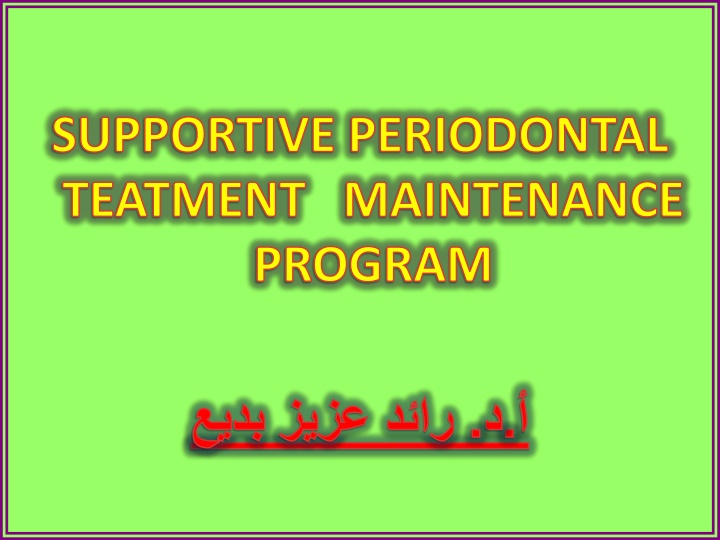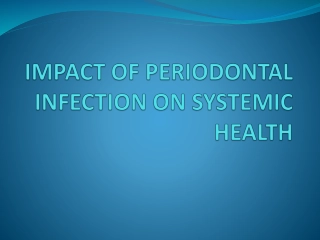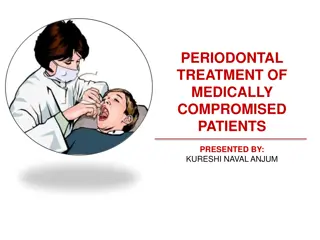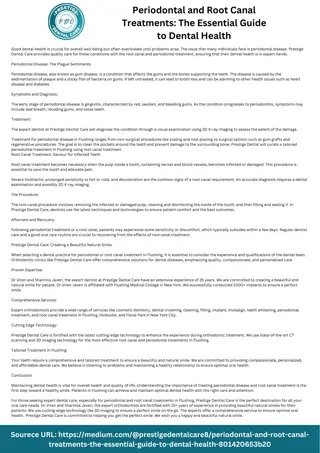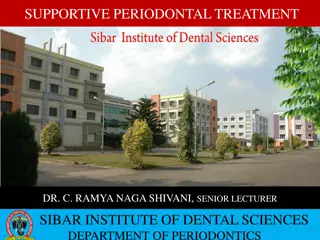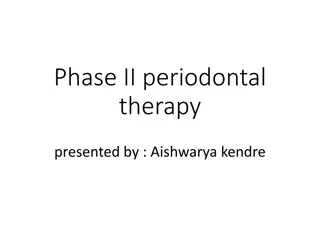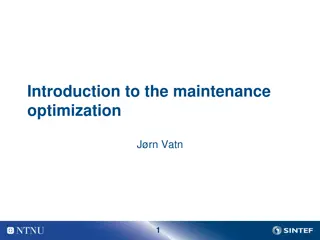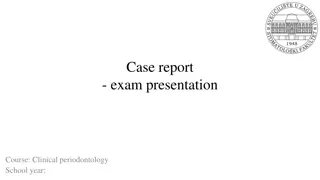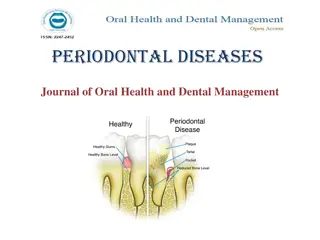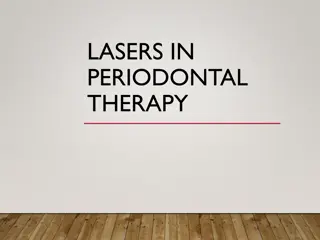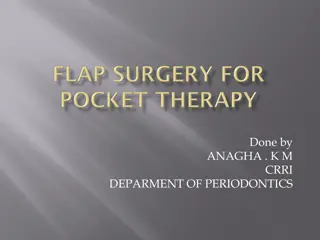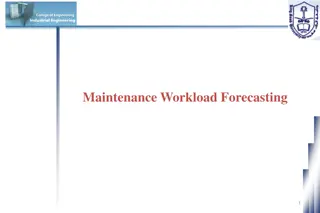Supportive Periodontal Treatment Maintenance Program
After completing Phase I therapy, patients transition to a maintenance program to prevent disease recurrence. Regular supportive periodontal treatment is crucial for maintaining oral health and preventing tooth loss. Inadequate subgingival plaque control can lead to attachment loss, even without visible gingival inflammation. The process of regrowth of subgingival plaque is slow and may not trigger immediate inflammatory responses. Proper maintenance recall procedures include examination, treatment, and scheduling to ensure a stable periodontal result.
Download Presentation

Please find below an Image/Link to download the presentation.
The content on the website is provided AS IS for your information and personal use only. It may not be sold, licensed, or shared on other websites without obtaining consent from the author.If you encounter any issues during the download, it is possible that the publisher has removed the file from their server.
You are allowed to download the files provided on this website for personal or commercial use, subject to the condition that they are used lawfully. All files are the property of their respective owners.
The content on the website is provided AS IS for your information and personal use only. It may not be sold, licensed, or shared on other websites without obtaining consent from the author.
E N D
Presentation Transcript
SUPPORTIVE PERIODONTAL TEATMENT MAINTENANCE PROGRAM . .
SUPPORTIVE PD TEATMENT MAINTENANCE PROGRAM After Phase I therapy (Cause related phase PLAQUE CONTROL) is completed, patients are placed on a schedule of periodic recall visits for maintenance care to prevent recurrence of the disease. Transfer of the patient from active treatment status to a maintenance program is a definitive step in total patient care that requires time and effort on the part of the dentist and staff.
The more often patients present for recommended supportive periodontal treatment (SPT), the less likely they are to lose teeth. Maintenance of PD starts immediately after the completion of Phase I therapy. While the patient is in the maintenance phase, the necessary surgical and restorative procedures are performed.
Even progression of disease is possible. explanation for the recurrence of incomplete subgingival plaque removal. with good periodontal therapy, some periodontal disease is The regrowth of subgingival plaque is a slow process compared with that of supragingival plaque. During this period (perhaps months), the subgingival plaque may not induce inflammatory reactions that can be observed at the gingival margin.
Thus inadequate subgingival plaque control can lead to continued loss of attachment, even without the presence of clinical gingival inflammation. Eradication of intragingival microorganisms may be necessary for a stable periodontal result.
BOX -1 Maintenance Recall Procedures Part I: Examination (Approximate time: 14 minutes) Patient greeting 1- Medical history changes 2- Oral pathologic examination 3-Oral hygiene status 4-Gingival changes 5-Pocket depth changes 6-Mobility changes 7-Occlusal changes 8- Dental caries Restorative, prosthetic, and implant status
Part II: Treatment minutes) Polishing antimicrobial placement Part III: Report, Cleanup, and Scheduling (Approximate time: 10 minutes) Write report in chart. Clean and disinfect operatory. recall visit. Schedule treatment. Schedule or refer for restorative or prosthetic treatment. (Approximate time: 36 Oral hygiene reinforcement Chemical irrigation or site-specific Scaling Discuss report with patient. Schedule next further periodontal
Checking of Plaque Control To assess the effectiveness of their plaque control, patients should perform their hygiene regimen immediately before the recall appointment. Plaque control must be reviewed and corrected until the patient demonstrates the necessary proficiency, even if additional instruction sessions are required.
Treatment The required scaling and root planing are performed, followed by an oral prophylaxis. Care must be taken not to instrument normal sites with shallow sulci (1 to 3 mm deep)
because studies have shown that repeated subgingival scaling and root planing in initially normal periodontal sites result in significant loss of attachment
Irrigation with antimicrobial agents or placement of site-specific antimicrobial devices is performed in maintenance patients with remaining pockets.
Incorrect Figure (1): Incorrect sequence of PD treatment phases.
